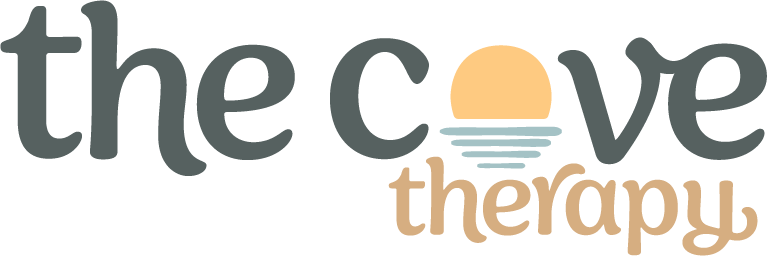Meditation has become a panacea in the mental health arena, and in some ways, for good reason (web search: benefits of meditation). But for some people, meditating can evoke anxiety, feelings of not being safe, distress or panic. If any of this is you, you are not alone! What can you do if meditation doesn’t feel safe in your mind and body? Let’s talk about 5 ways that you can reap some of the same benefits of meditation without the meditating!
- Mindful walking: As you take each step, focus on the contact that your foot/shoe makes with the ground. Walk slower so that you can take in the oscillating sensations across the sole of your foot. Try a quicker pace and notice what happens to your ability to focus on the soles of your feet making contact with the ground. Slow down again, pulling your full attention to the sensation of each foot landing on the earth.
- Progressive Muscle Relaxation: Start with one muscle group in your body, possibly your feet. Draw a good amount of tension into your feet (curl your toes toward your soles) and hold this tension. Breathe in and out as you hold this tension in your feet. At about 10 seconds, release the tension with a long slow exhale. Draw your attention to the next muscle group – calves, hamstrings, glutes. Draw tension into these muscles by pointing your toes, drawing your knees together, and squeezing through your glutes. Breathe in and out, and after about 10 seconds, release the tension on a long slow exhale. Continue through all the muscle groups of your body, ending with your face.
- Body Scan: Find a comfortable sitting or lying down position. Draw your full attention to one part of your body, such as your toes. Notice temperature, sensation, tension. Spend a few moments noticing your toes and when you are ready, draw your full attention to the next part of your body. Move part by part, noticing the tops of your feet and then the soles, the left ankle and then the right, your shins and then your knees. Notice what you notice. Scan across your entire body moving as slowly or as quickly as you like.
- Make your favourite beverage: Move through each step of making your favourite drink with your full attention. If you are filling the kettle, notice the sound of the water. Feel the kettle in your hand. Notice the steam. When it’s ready, sit with your beverage. Hold the cup in your hands and notice what the cup feels like in your palms. Draw the cup toward your face and take in the smells associated with your favourite drink. Imagine what it might taste like and then take a sip. Try to find language to describe the flavours.
- One Song: Put on one song that you love, or that is meaningful to you. Let it match your mood if that feels right. Stand in mountain pose (feet planted on the ground, tall spine, palms open) or in a position that works for your body. Notice what happens as your song is playing, imagine the music flooding or washing over you. If your body wants stillness, allow for that. If your body wants to move, see if you can follow that impulse and create permission for the movement.
What kind of theme are you noticing? Attention! In each of these 5 ways, we are taking the reins of our attention and directing it somewhere very specific. This is a skill that is often called “mindfulness” and can translate to almost any activity in your life. Mindfulness is one very powerful skill to strengthen mental health, and can feel safer in the mind and body when meditation practice does not.
Danielle is a Registered Social Worker and psychotherapist in Hamilton, Ontario. She works with experiences of anxiety, depression, and trauma from a relational and client-centred approach. She is an EMDR Consultant-in-Training. She’s probably drinking a very hot coffee, right now. More questions? Reach out here.

